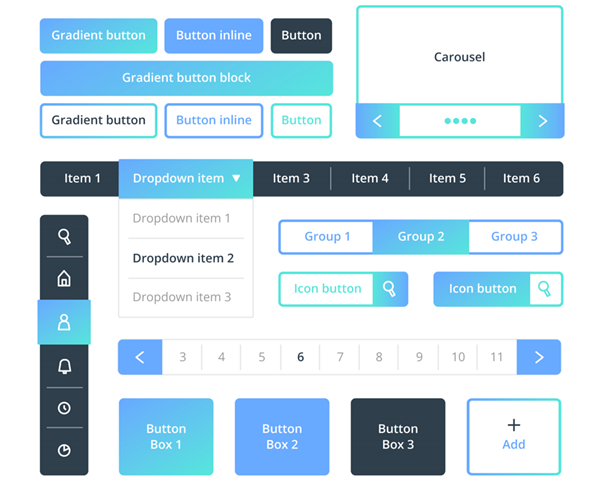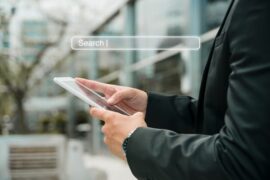Some navigation errors are unfortunate misunderstandings or design flaws, but they are the ones that annoy customers the most. Fixing such flaws is quite simple, and it is much better than losing audience loyalty and profits daily. So, how can navigation be improved, and what aspects should be paid attention to? Experts from https://techreport.ngo explain.
Let the customer find the product fast
The main problem with online stores is that customers can’t find what they want quickly. If the request is not satisfied in the first seconds of searching, the user prefers another online store that has the following items:
- Clear division of the catalog into categories. It is crucial to maintain a logical hierarchy of sections and nested categories.
- The presence of filters will help sift out unnecessary products and choose between those that meet the client’s criteria. Usually, people are clear about how much they’re paying, what features are defining for them, and even what brands they’re willing to consider. So, the filter helps to remove from the customer’s view those products that are least interesting to the consumer and increases the probability of making a purchase.
- “Previously reviewed products” section. The higher the price, the more doubts consumers have. Consequently, they compare several products’ prices, functions, and characteristics. Customers often use the “reviewed products” section because it is convenient and fast. Sites that give their visitors this option sell more.
- “News” section. Brands have fans. They already know the entire assortment so well, and the section with new arrivals interests them the most: they have already seen the rest of the products.
- Cross-selling. When a woman buys a dress, she also needs shoes, accessories, and other small things. Every product has accompanying products that complement it. It increases sales and also satisfies customers because they get even more than they wanted. In addition, the things they need are selected carefully.
It is also worth offering alternative products on product pages. For example, if a customer is looking for a coffee maker to buy, offer them different models that are on sale.
What is user-friendly navigation on a website?

The tricks mentioned above are what marketers propose to enhance the user experience. At the same time, there are purely technical aspects that require improvement as well. Typically, UX designers work on these in collaboration with developers. Here are the recommendations provided by experts at https://elsitech.com:
- Create clear categories and sections, add filters, and search: all these tools help users quickly find the products they need, and you can sell more this way. Instead of flipping through pages for a long time, your audience will find exactly the products they need. The less time it takes, the higher the CTR each position will demonstrate.
- Don’t overload the menu. Don’t take the clear division into categories to absurdity. One marketing experiment showed such a result: people were asked to choose one of three product options. People made their choice very quickly. In contrast, when the shelf was filled with numerous products, some users couldn’t decide which option suited them better. Conclusion: the more menu items, the less chance people will use them.
- Add a link to the homepage, usually hiding this link behind the main logo, which is a familiar tool for every user. Thanks to this, your audience will have an easier time navigating the pages of your website and finding what they need.
And here’s what not to do:
- Use deceptive headlines and links.
- Use illegible fonts.
- Change the navigation on each page and disorient users.
- Offer a different, more attractive product based on the main photo instead of the one actually for sale.
High-quality navigation is equally important on the site and in advertising. Many target specialists choose a cool picture of a product on sale. However, the link from the ad leads to a completely different product. Therefore, the client is disappointed because they wanted what they saw in the picture. Be honest with your customers, take care of their convenience, and they will thank you with loyalty and purchases.
